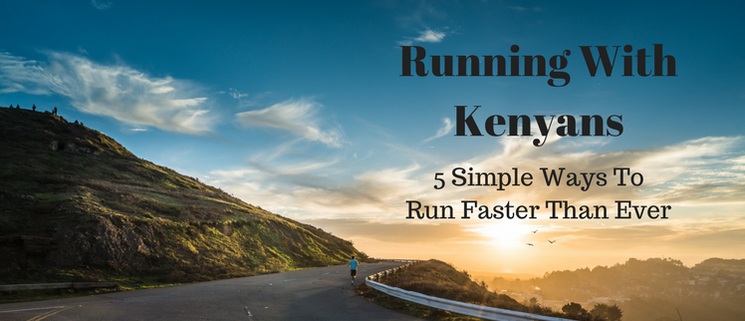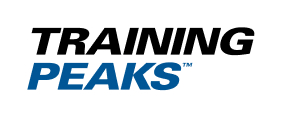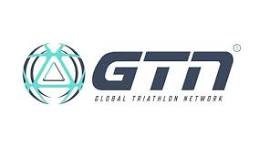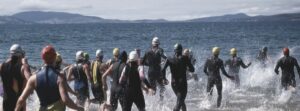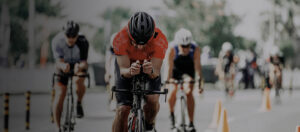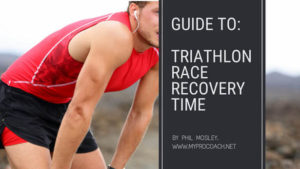Back in August 2013, I wrote a blog post called How To Run Like A Kenyan, where I touched upon some of the things that made Kenyan runners so fast.
A few weeks ago I finished reading a book on a similar subject called “Running With The Kenyans” by Adharanand Finn. It’s an entertaining book and a great way to learn more about how to improve your running.
The thing that struck me about the Kenyan running methods is that they’re all so simple and obvious. It’s like we all spend ages looking for some magic formula or a new gadget when the answers are staring us in the face all along.
Whether you’re an IRONMAN triathlete, a marathon runner or a complete beginner, you’ll learn some important running lessons from this blog post.
Run On Soft Ground
At the beginning of the book, the author (Finn) visits a group of Kenyan athletes living and training in London. He goes for a training run with them and is surprised when they opt to walk the first couple of kilometres to a park simply to avoid running on hard surfaces. They do this because they believe it helps them avoid injuries.
Back in Kenya they also avoid running on hard surfaces, preferring to train on dirt roads or forest trails. This helps the Kenyan runners avoid the high injury rates experienced by Western runners, enabling them to train more consistently.
The Kenyan Diet
In the town of Iten, where the majority of the best Kenyan runners train, you cannot buy pizzas, burgers, chocolate, fries, crisps, beer and all those other things that we all get tempted into having from time to time.
The Kenyans diet consists largely of Ugali (boiled maize-meal), vegetable stew and beans. They eat very little meat or fatty, sugary processed foods.
Which explains why the athletes that Finn meets are very light. For a similar height, they are around 20 kg (44 pounds) lighter than he is. Bear in mind he’s a 38 minute 10k runner himself, so hardly overweight.
Running is essentially a series of small leaps, so the less weight you carry the less energy you expend for a given pace. And that’s one of the reasons the Kenyans are so fast.
Training Camps
When a Kenyan wants to get fit, they leave their home for several months at a time to join a training camp where they can dedicate themselves 100% to running. They don’t try and balance their training around their job and home-life as you or I might do.
We’re not just talking professional runners either. We’re talking about any aspiring amateur who dreams of racing abroad one day. On these camps, they live cheaply and simply, without luxuries. They train early in the morning, rest all day and then run again in the late afternoon. It’s nothing complicated, but it’s effective.
This is also something that the multiple Olympic Gold Medalist Mo Farah has incorporated into his training, since living with a group of Kenyans in London in 2005. He’s a devoted family man now, but he still leaves them behind for three months at a time to train in the basic surroundings of Kenya or Ethiopia.
Keep It Simple
Kenyan athletes do not have Garmin GPS watches, underwater treadmills or heart rate monitors.
At most, they have a simple stopwatch to time their interval sessions. They learn to pace themselves by listening to their bodies and by striving to keep up with the people around them.
If you think money is the answer to your running goals, think again.
